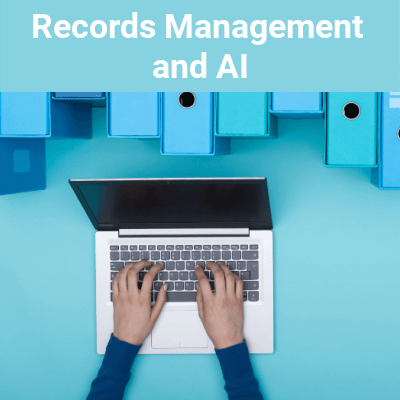Imagine you wake up Monday morning with a nasty cold. You take some medicine, wish for the best, and, when that doesn’t work, head to a doctor. Your doctor will diagnose that pesky little virus and tell you how to treat it. Ideally, your organization should work the same way with regards to files.
When problems get serious, we rely on those with more knowledge and experience to guide us. When we carry on as if nothing is wrong, we risk infecting others and making our problems significantly worse. Unfortunately, organizations work the same way there, too.
Too many organizations are facing an overwhelming, undermanaged deluge of data in their file shares, collaboration sites, ECMs, and other repositories. In a word? They’re sick, and they need the right professional, the right doctor, to turn to. All this data is bogging down their systems, increasing their risk of exposure—to cybersecurity, legal, and insider threats—and holding back its own analytics potential. The cures they’ve turned to have been ineffective in the long-term, and data just keeps piling up. So, who will be the unlikely heroes to save the day? Records managers.
Changing RIM Responsibilities
Historically, records managers have been responsible for a small number of important Records (big “R” being key) like contracts and financial statements. Although their responsibilities have grown exponentially in recent years due to unprecedented growth in types and volumes of electronic data, this antiquated perception has remained largely unchanged.
Emails and documents sent between employees and/or outside contacts can contain business-critical information which are nonetheless considered records (with a “little r”) and under the domain of the modern records manager. The vast majority of this new data is left dispersed and unmanaged across enterprise repositories, plaguing systems with ROT (redundant, outdated, trivial documents) and leaving valuable information inaccessible. It’s implausible to expect records managers to manually and find and categorize all this data (imagine the man-hours!). Luckily, there is a cure: file analysis.
A Modern Cure
File analysis enables organizations to identify, categorize, and act upon vast amounts of unstructured data in an automated fashion. This is crucial for identifying high-risk repositories, ensuring full compliant retention, and removing outdated, irrelevant files.
It is important, however, to understand that file analysis isn’t a panacea for an organization’s records management woes. Understanding enterprise data is imperative for developing a sound RIM strategy, but it is just the first step. The key thing to remember is that records groups (divisions, departments, whatever your nomenclature) typically have the best understanding of information within an organization, and a strong information governance strategy—beginning with file analysis—will help them effectively share that knowledge with legal, compliance, HR, IT, and others.
The process is not easy. There are plenty of internal roadblocks and obstacles to overcome. If you’re interested in learning more about file analysis use cases and how to overcome these obstacles, please join us August 29th at 3:00PM EST/12:00 PM PST for a free webinar covering file analysis and the evolving role of the modern-day records manager.



